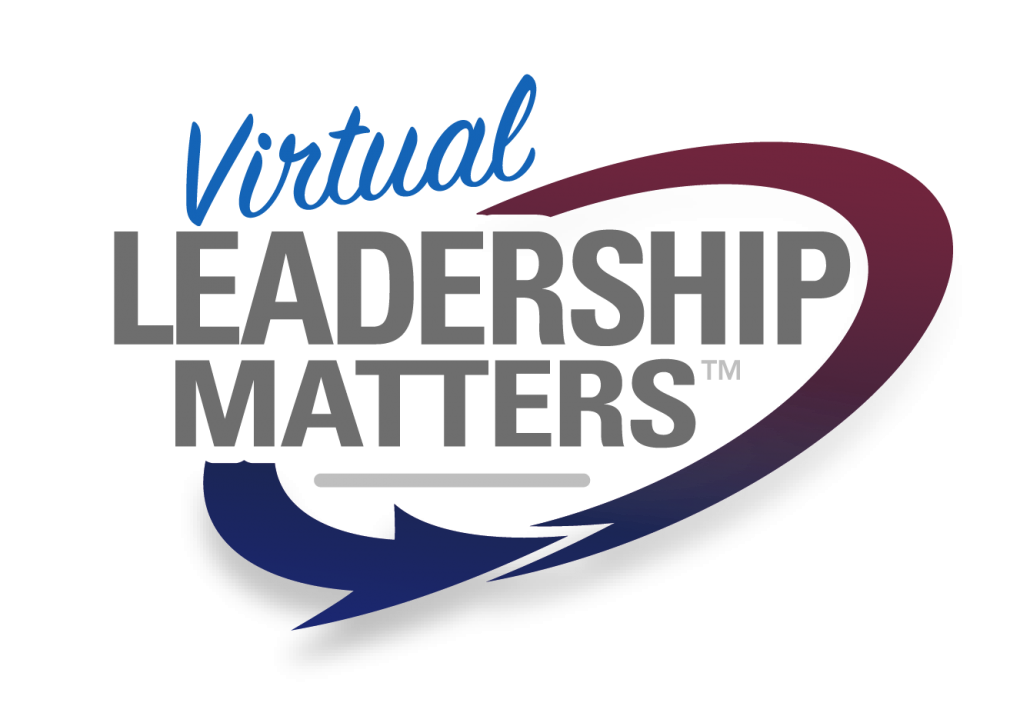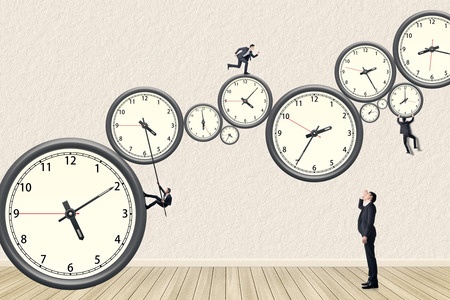Maximizing Personal Productivity – Staying Ahead of the Curve and Shifting the Time Management Mindset
Does it seem like you need to constantly check your smart phone and you feel overwhelmed by too many emails, too many texts, too many phone calls, too many interruptions and the feeling of not having enough time? Then you need to invest a few minutes of time to find out about “Maximizing Personal Productivity – How to Stay Ahead of the Curve”. This blog will introduce some simple truths that will help you manage your workload more effectively and spend more time on the things that will maximize your productivity.
Maximizing Personal Productivity starts by exploring the mindset and the process required to take control of how you spend your time in order to achieve the goals you really want and need to achieve.
Time Management: Time is a Fixed Resource
Mindset, can be defined as “a set of beliefs or attitudes that a person holds”. For decades the concept of personal productivity has been primarily labelled “time management”. This has led people to think of managing time as a resource in the same way you would manage other resources like finances. The flaw in this comparison is that time is a fixed resource. Money is not. Financial management can involve borrowing extra money to spend now or saving money to spend later. There may be times when you have absolutely no money and no capacity to immediately get any. Time on that other hand is not a resource to be managed in the same way finances are. There is always time – it’s just that it is a fixed amount every day, and you have to spend it.
There is No Such Thing as “I Don’t Have Time”
Let me give you an example of how the mindset issue comes into play with leaders and managers who have very challenging workloads. When questioned by a boss or colleague why they didn’t do something that the other person expected them to do, the answer is often “I didn’t have time”. This answer seems to somehow suggest that the problem is external to the person and is due to a lack of a resource. If you don’t have any money, then you can use that as an excuse for not spending. It is a lack of resource issue. With time, you have 24 hours every day. There is no such thing as “I didn’t have time”. The reality is that you didn’t choose to take the time for that task.
“I decided to take time do something other than…”
Think of it this way, if your spouse asks you to pick up some things from the grocery store on your way home from work and you arrive home empty handed, it seems easier to say “I didn’t have time to go to the store”. The more truthful answer is “I decided to take time do something other than go to the store”. Although that answer could have you sleeping on the couch, it is really what has happened. Now, if the reason that you didn’t decide to take time to go to the store was that you needed to complete a report for the CEO where you work, that – if not completed – could change the trajectory of your career, you may have an easier time explaining your choice to your spouse.
How You Spend Your Time is a Choice
The point in all of this is that how you spend your time is a choice. If you want to maximize your personal productivity, you need to adopt a mindset that it’s all about how you choose to spend a fixed resource. It’s your choice.
When I present this scenario to clients, it often results in a response such as “my boss tells me what to do and I don’t really have any choice. I have to work at least 10 hours a day to get it all done.” What I find is that when we explore decision-making process for spending time, the client has more discretion than they think. There is always room for improvement. However, in some cases the client really has taken on a job that has a volume of work that is so onerous that they feel they can’t do other things that are important to them. If you find yourself in a situation like this, you need to recognize that the choice to stay in that kind job is ultimately what needs to be evaluated. It’s a choice. Sometimes our big decisions lead to feeling like we have no control over the little decisions.
Develop this Mindset to Make the Best Choices
In summary, developing the mindset of “how I spend my time is a choice” leads to the opportunity to employ a process and strategy for making the best choices possible with respect to how you spend your time. This will enable you to manage your workload more effectively and spend more time on the things you want to spend time on.
Once you change your mindset, you will be able to follow a simple (not necessarily easy) process to master the decisions you make regarding your workflow and how you spend you time to Maximize Personal Productivity. Check out our webpage Maximizing Personal Productivity and sign up for the two-session virtual training program on “Maximizing Your Personal Productivity” that will give you the tools to achieve the goals that are most important to you.
As always, I welcome your feedback. You can connect with me via email or telephone or leave a comment right here on the site.
Until next time,
Dave
The Author
David Town, CHRL, ACC, is a facilitator and coach of leadership and management principles that enable individuals and organizations to build greater leadership competency, resulting in higher performance and higher employee engagement. David has a particular focus on effective leadership of virtual teams. David is a member of the Human Resources Professionals Association (HRPA), the International Coaching Federation (ICF) and is Co-Founder and Principal of Virtual Leadership Matters Inc.



